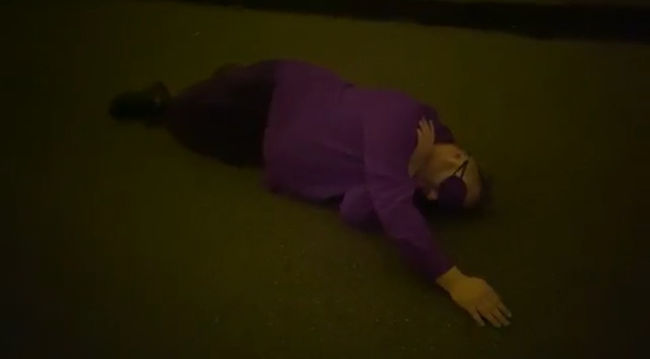Agency of Things
Melatonin City
Wal(k)ing Copenhagen
Metropolis Festival
June 15th 19.00 - June 16th 07.00 (2020)
Guided by contexts of light and darkness, the wandering will produce a variation of images, tableaux vivants and movement sequences.
How can the electrified city affect the production of melatonin?
Where to search for darkness?
What is darkness in an urban context?
How can darkness become visible?
Concept:
Jon R Skulberg
Walking partner
Olga Regitze Dyrløv Høegh
Produced by:
Metropolis Festival
Wa(l)king Copenhagen
100 ARTISTS, 100 WALKS, 100 DAYS
Metropolis has invited 100 artists living in Copenhagen to create 100 curated walks through the city over the next 100 days starting 1 May, a day of collective walking. This can be seen as a performative diary from a city where the corona virus sets the agenda and has radically changed our daily life. Each artist walks for 12 hours and starts at home. Every hour he/she gives a “sign of life” via live-streaming.
Melatonin is a natural hormone made by your body’s pineal gland. This is a pea-sized gland located just above the middle of the brain. During the day, the pineal is inactive. When the sun goes down and darkness occurs, the pineal is “turned on” and begins to actively produce melatonin, which is released into the blood. As a result, melatonin levels in the blood rise sharply and you begin to feel less alert. Sleep becomes more inviting. Melatonin levels in the blood stay elevated for about 12 hours – all through the night – before the light of a new day, when they fall back to low.

